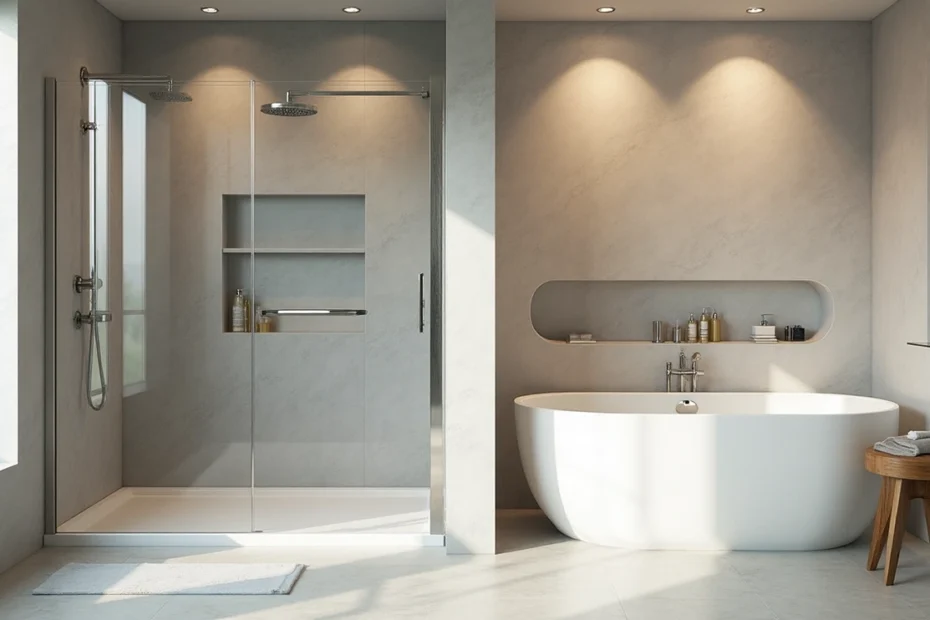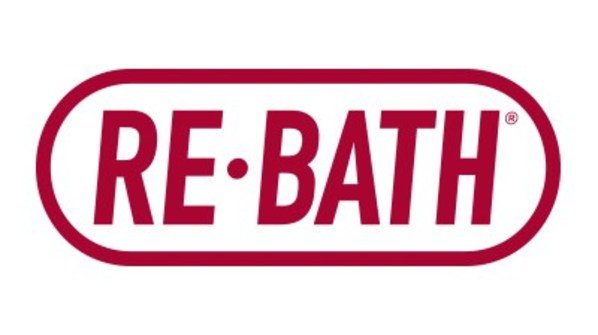When people outside Germany think of German engineering, they usually picture cars or precision tools. But step inside a newly remodeled bathroom in Bavaria, and you’ll see the same meticulous mindset — just applied to tiles, taps, and thermostats.
Bathroom remodeling in Germany has quietly evolved into something close to an art form: a blend of practicality, sustainability, and design restraint that somehow feels both timeless and deeply modern. In southern Germany, especially in towns like Starnberg, Fürstenfeldbruck, and Weilheim in Oberbayern, a generation of skilled craftsmen is redefining what comfort and quality mean in the most private room of the home.
A Culture of Precision Meets Everyday Design
To understand how this transformation happened, you have to start with mindset.
“Germans see the bathroom not just as a necessity, but as a long-term investment,” says Markus, one of the senior project planners at a Bavarian remodeling company that has worked on hundreds of bathrooms across the region. “We plan a bathroom the same way an engineer plans a bridge — carefully, systematically, and with decades in mind.”
That might sound exaggerated, but spend time on one of their job sites and it makes sense. Every project starts with detailed measurements, structural analysis, and a review of heating and water systems. “Before we even pick a tile,” adds Darko, a site manager with over 15 years of experience, “we make sure every pipe, slope, and connection works perfectly. If something goes wrong later, even a beautiful design can’t hide it.”
This meticulous approach isn’t just about function — it’s also the foundation for longevity. In a country where homeowners often stay in one property for decades, doing things right the first time is simply part of the culture.

From Utility to Wellness: The New German Bathroom
While the German love of precision hasn’t changed, what people want from their bathrooms certainly has. Over the past ten years, there’s been a clear shift from purely functional renovations to what locals call the “Wellnessbad” — the wellness bathroom.
“People want a small spa at home now,” says Robert, who oversees design planning. “It’s not just about showering; it’s about slowing down.”
Think open, walk-in showers with clean glass partitions, underfloor heating that feels cozy on a winter morning, and dimmable LED lighting that adjusts to the time of day. Natural materials like oak, marble, and stone are popular, as are soft earthy tones that replace the once-popular glossy whites.
In areas like Starnberg, where many homes overlook the lake or sit surrounded by forest, homeowners often ask for designs that bring nature indoors — with large-format tiles that resemble natural stone and fixtures in muted, brushed metals. For more inspiration, take a look at our recent bathroom remodeling projects in Starnberg online or contact our truly expert local bathroom remodeling team in Starnberg which has more than 70 years of collective experience between them.
These are spaces designed not just for hygiene, but for calm and reflection.
Sustainability: Built Into Every Decision
If there’s one theme that defines modern German remodeling, it’s sustainability. Not as a marketing buzzword — as a genuine, measurable practice.
“Almost every homeowner we meet wants to reduce energy use and water waste,” explains Thomas, who handles project logistics. “But what’s different here is that regulations and standards already push us in that direction. So it’s not an option; it’s the baseline.”
Energy-efficient underfloor heating, motion-sensor lighting, water-saving faucets, and insulated walls are now standard in most Bavarian bathroom projects. Even the materials tell the story: recycled ceramic tiles, eco-certified wood, and low-VOC paints are chosen as often for their environmental benefits as for aesthetics.
This eco-consciousness runs deep in Bavaria, where the local building culture has long been tied to respect for nature. Whether it’s a lakeside villa in Starnberg or a family house in Geretsried, homeowners tend to view sustainable remodeling not as a luxury but as common sense.
The Craftsmanship Behind the Walls
What separates an ordinary bathroom from a great one often isn’t what you see — it’s what’s hidden beneath.
German remodelers pay extraordinary attention to what’s behind the tiles: insulation, waterproofing membranes, and perfectly aligned piping.
“Everything is calculated,” says Paco, a technician who specializes in underfloor systems. “If the slope of the shower drain is off by even two millimeters, you’ll see water pooling later. We don’t take those chances.”
This obsession with precision extends to safety standards. Electrical installations, for instance, must comply with strict VDE guidelines to prevent moisture-related faults. Every connection is tested before the final sealant is applied. It’s an invisible craftsmanship that most homeowners never notice — and that’s exactly the point.
When done right, a Bavarian bathroom feels effortless because everything that could go wrong has already been prevented.

Local Flavor: Remodeling the Bavarian Way
While the German reputation for engineering is national, Bavaria brings its own flavor — a balance of modern restraint and alpine warmth. You’ll see it in the choice of materials: stone from local quarries, wooden accents inspired by traditional carpentry, and a fondness for natural light.
In Fürstenfeldbruck, where many homeowners prefer sleek, minimalist interiors, remodelers often combine clean modern lines with rustic textures — a matte tile floor offset by a handcrafted oak vanity, for example. Explore more of our bathroom renovation services in FFB (which is short for Fürstenfeldbruck) on our social media profiles and on our website, you can also simply contact Markus and his local expert bathroom renovation team in Fürstenfeldbruck and they will be happy to consult you or point you in the right direction and even give you an estimate if you need one.
The result is a style that feels authentic — modern, but grounded in regional character. “We never copy trends from abroad,” Markus notes. “We adapt them to fit our environment. That’s the Bavarian touch.”
The Team Behind the Work
Every great project comes down to people. The team members — Darko, Markus, Robert, Thomas, and Paco — come from different backgrounds, but share one philosophy: craftsmanship is personal.
When you talk to them, you realize how much pride they take in their work. They’re not chasing quick profits or flashy designs; they’re building something that will last. Darko jokes that he still visits bathrooms he remodeled ten years ago just to see how they’ve aged. “They should still look and function as they did on day one,” he says. “That’s the real test.”
In a world where fast renovations and low-cost materials often dominate, this slow, careful approach feels refreshing — almost radical.
Trends to Watch in 2025 and Beyond
Looking ahead, several trends are shaping the future of German bathrooms:
- Smart Technology: Integrated mirrors that show weather updates, voice-controlled lighting, and digital thermostats are entering everyday use.
- Accessibility: As Germany’s population ages, “barrier-free” designs — level-entry showers, wider doors, and ergonomic fixtures — are becoming standard.
- Compact Luxury: Urban homes around Munich inspire creative small-space designs that don’t compromise on comfort or aesthetics.
- Nature-Inspired Minimalism: Expect to see more stone-look ceramics, textured surfaces, and warm matte tones replacing the cold, sterile whites of the past.
These trends share one common thread: they blend technology and tradition, the hallmark of modern German design.

Why the World Is Paying Attention
International homeowners and remodelers are increasingly looking to Germany for inspiration — not just for its style, but for its process. Planning ahead, minimizing waste, and focusing on quality over quantity are universal lessons.
“Anyone can install a new bathtub,” Robert says. “But turning a bathroom into a place where you actually want to spend time — that’s something else. That’s where design meets emotion.”
For many Bavarian homeowners, the bathroom has quietly become the most important room in the house — a small, private reflection of how they live and what they value: efficiency, calm, and authenticity.
Final Thoughts
Germany’s bathroom remodeling scene proves that true luxury doesn’t come from marble countertops or expensive fixtures — it comes from precision, care, and integrity in the work itself.
Whether it’s a modern spa-style bathroom in Starnberg or a cozy family renovation in Fürstenfeldbruck, the principles remain the same: thoughtful design, sustainable practice, and craftsmanship that stands the test of time.
For homeowners abroad, that might be the most valuable lesson of all — that the best bathrooms aren’t those that follow the latest trend, but those that quietly, confidently, and beautifully work.


